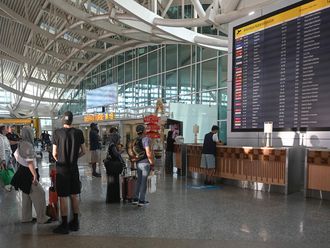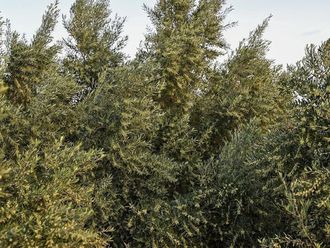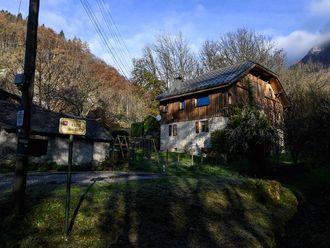Oslo: Scientists are reviving long-ignored African rice to cut dependence on Asian varieties that may be less able to withstand the impact of climate change on the poorest continent, a report said on Friday.
Historically, scientists have focused on breeding useful traits such as disease resistance from African rice into Asian rice. Now the focus is on the reverse — using African rice as the basic crop and improving it with Asian genes.
"African rice was initially ignored by mainstream research," said Koichi Futakuchi, a scientist at Africa Rice Centre (AfricaRice). "Now for the first time, we're reversing the gene flow."
Asian and African rice are the only two cultivated species of the crop in the world but the usually higher-yielding Asian type, introduced to Africa by the Portuguese in the 16th century, has become the dominant type to meet surging demand.
Africa imports 40 per cent of its rice at an estimated cost of $3.6 billion (Dh13.2 billion) in 2008.
"With climate change a reality, the work of developing crop varieties adapted to the changing environment is going to keep plant breeders busy for decades," AfricaRice said in a study coinciding with UN International Biodiversity Day.
Better breeding will help to raise yields of the African species, formally known as Oryza glaberrima, which has pear-shaped grains and a nutty flavour and was domesticated about 3,500 years ago in West Africa.
It often grows better in harsh conditions than its Asian cousin, Oryza sativa, but yields less in good soils.
"Overall it is grown only in scattered pockets, near the brink of extinction," the Benin-based Africa-Rice said.
"African rice species are known for their hardiness — their strong ability to compete with weeds, pests and diseases, volatile weather, infertile soils [including toxic levels of iron], and even human neglect," it said.












